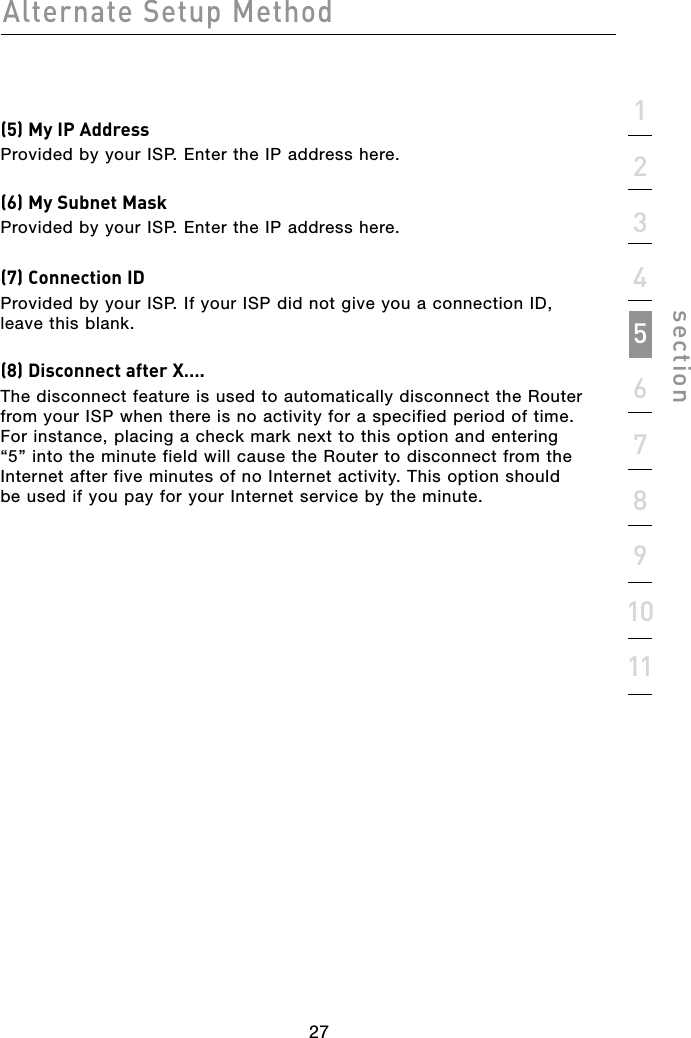Belkin F5D52314 4+1 PORT WIRED GATEWAY ROUTER User Manual P74753 F5D5231 4 v2000 man indd
Belkin International, Inc. 4+1 PORT WIRED GATEWAY ROUTER P74753 F5D5231 4 v2000 man indd
Belkin >
Contents
- 1. USERS MANUAL 1 OF 2
- 2. USER MANUAL 2 OF 2
USERS MANUAL 1 OF 2
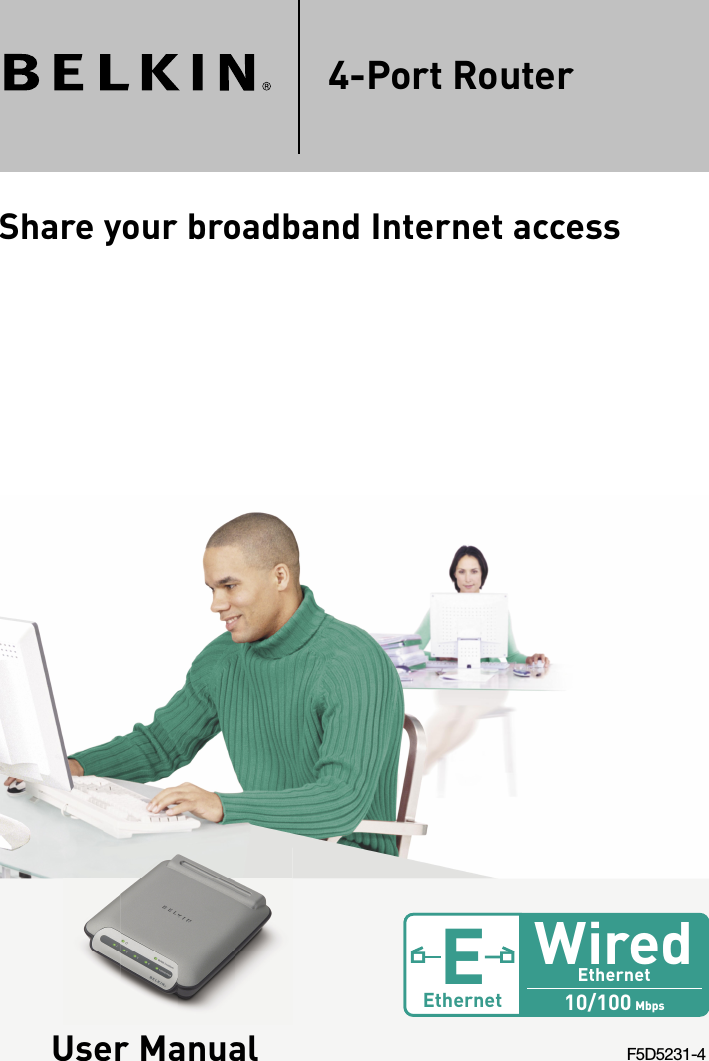
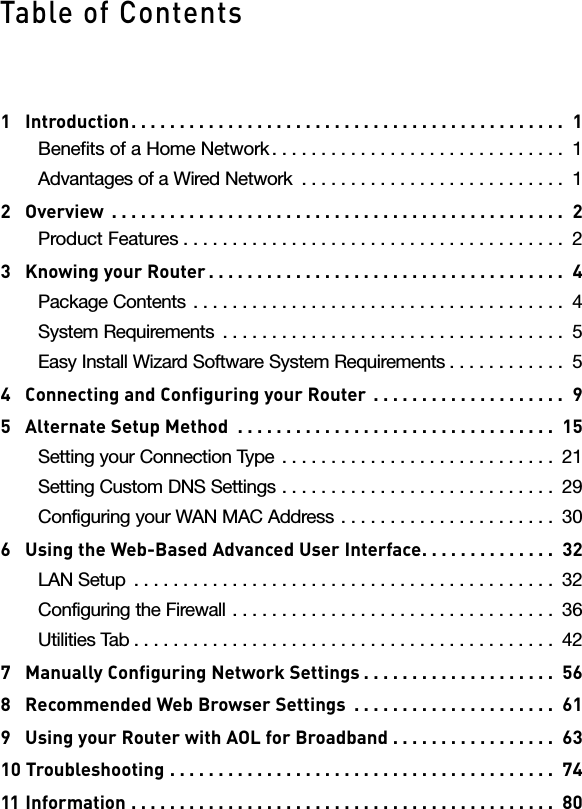
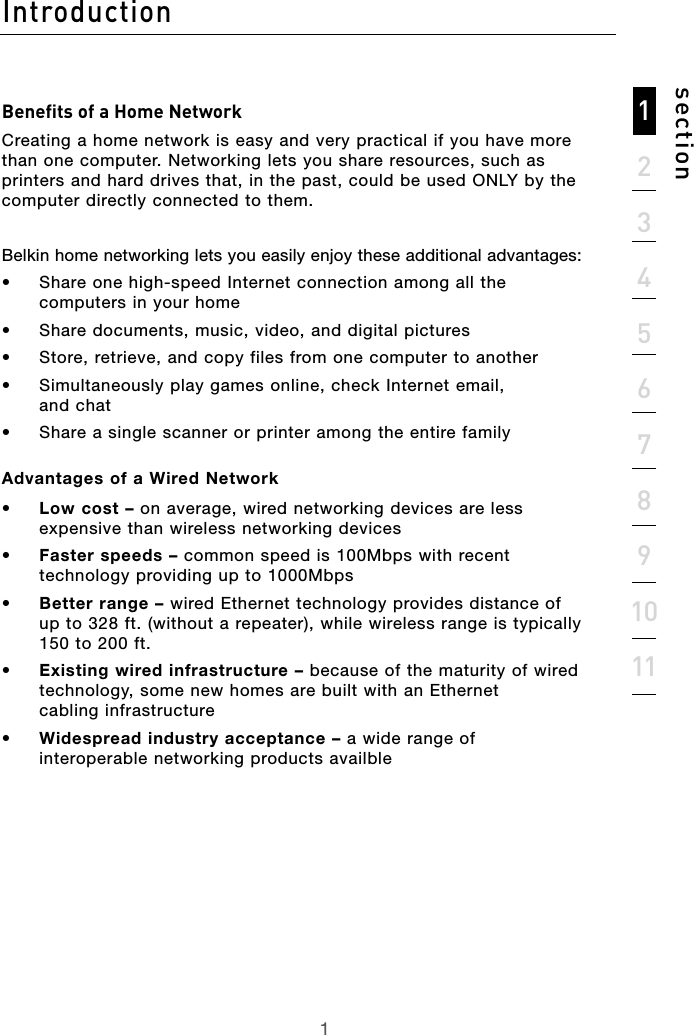
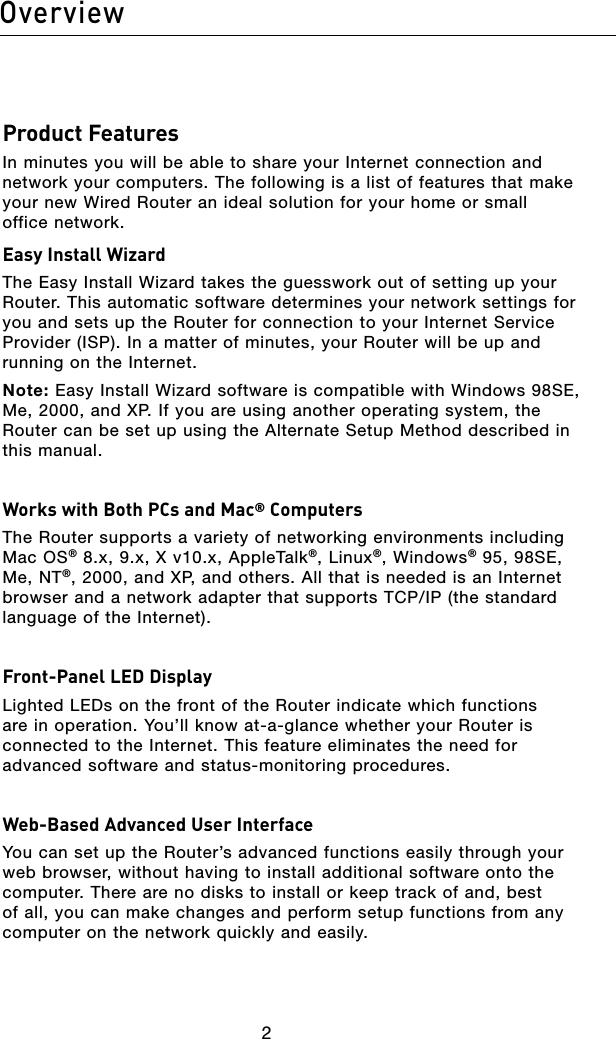
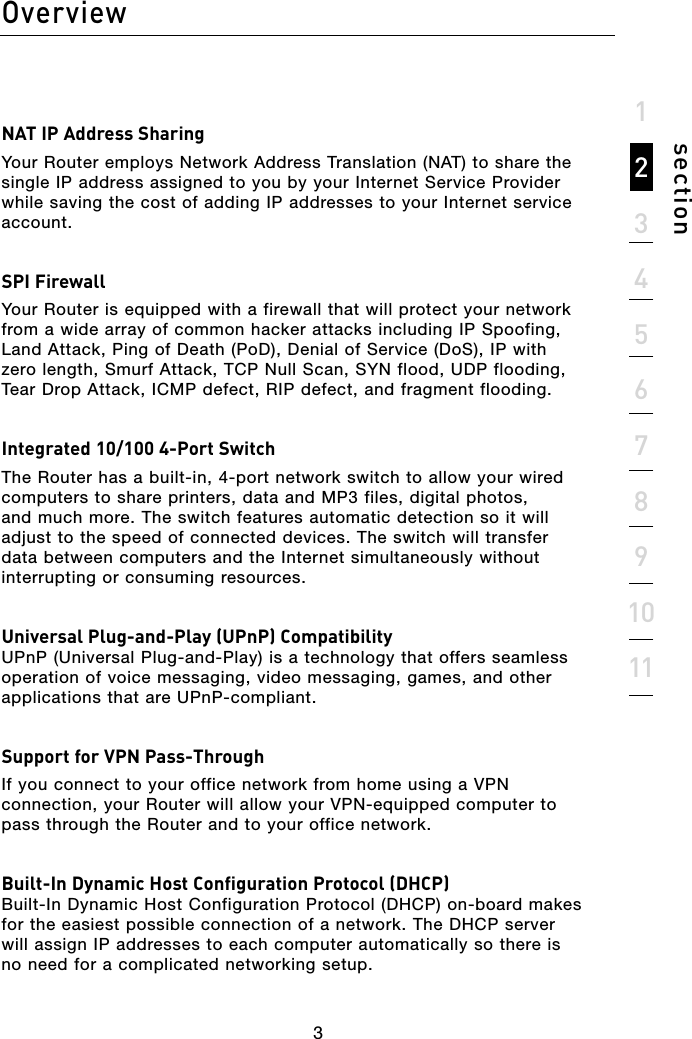
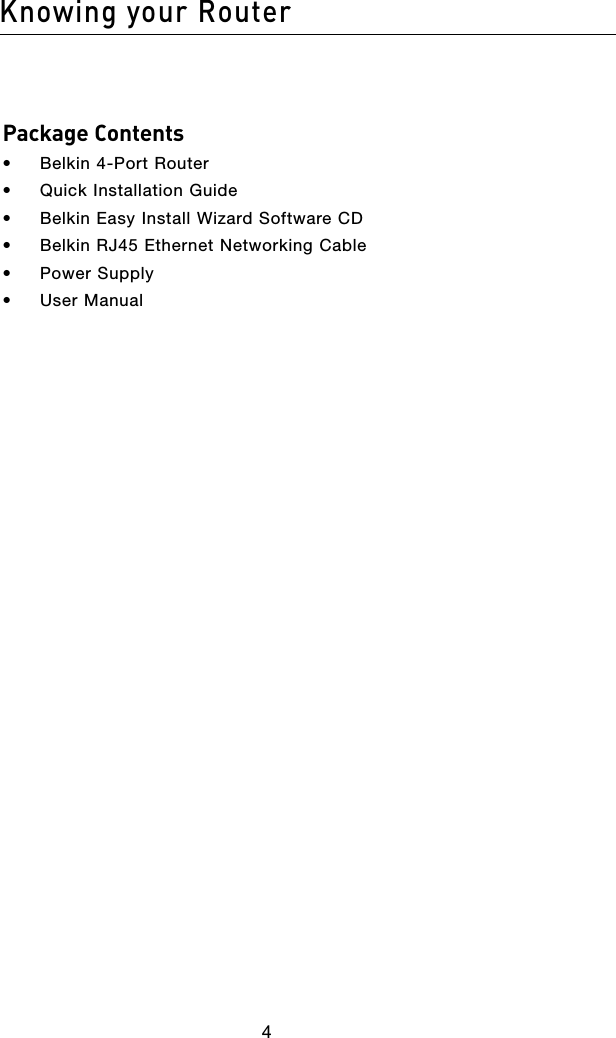
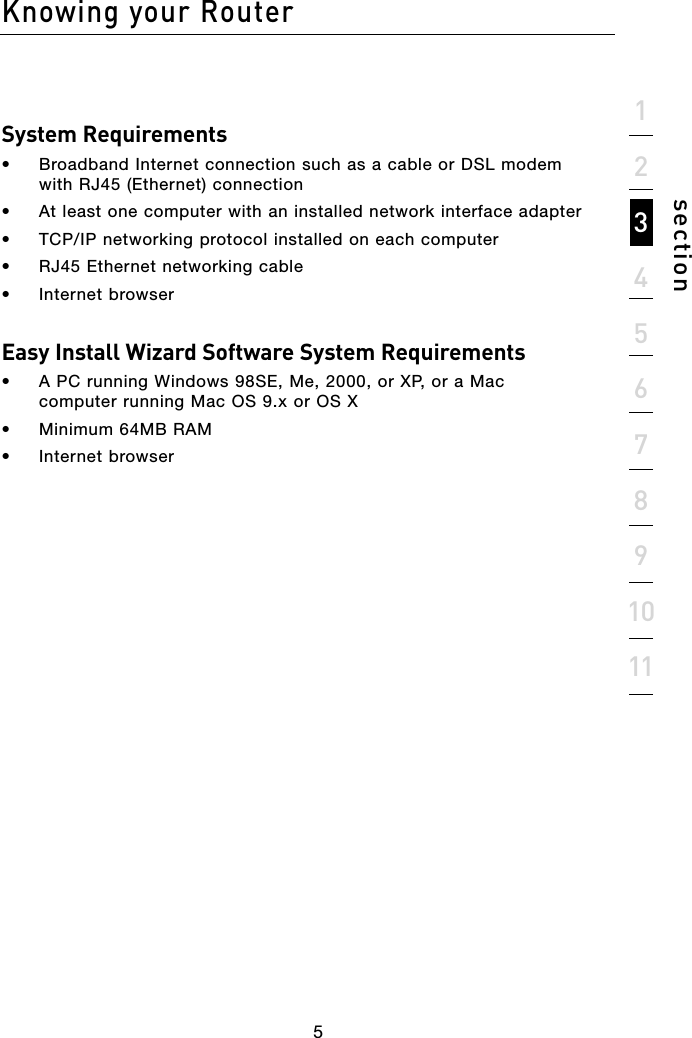
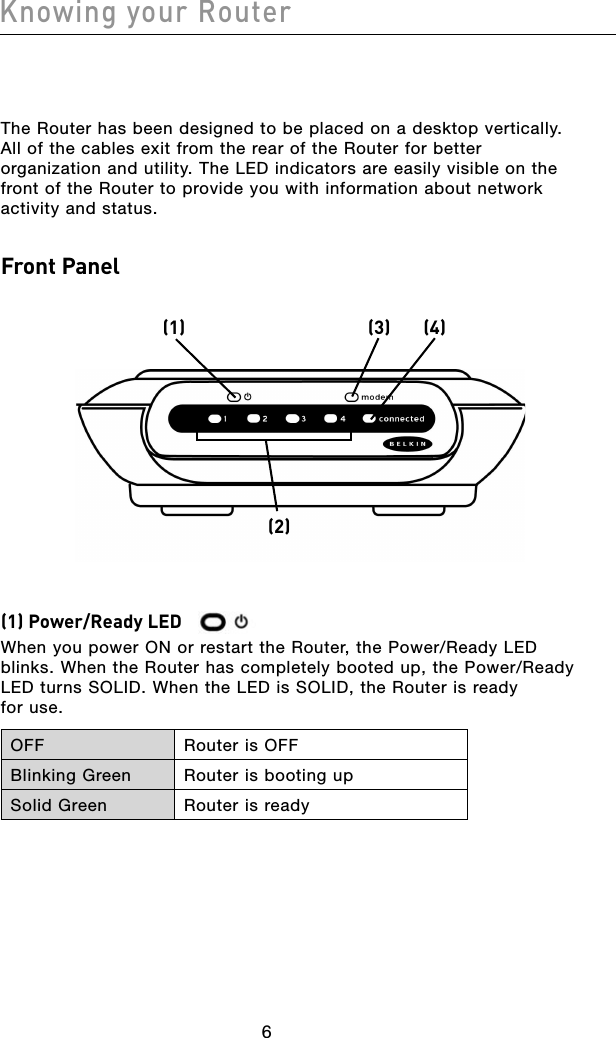
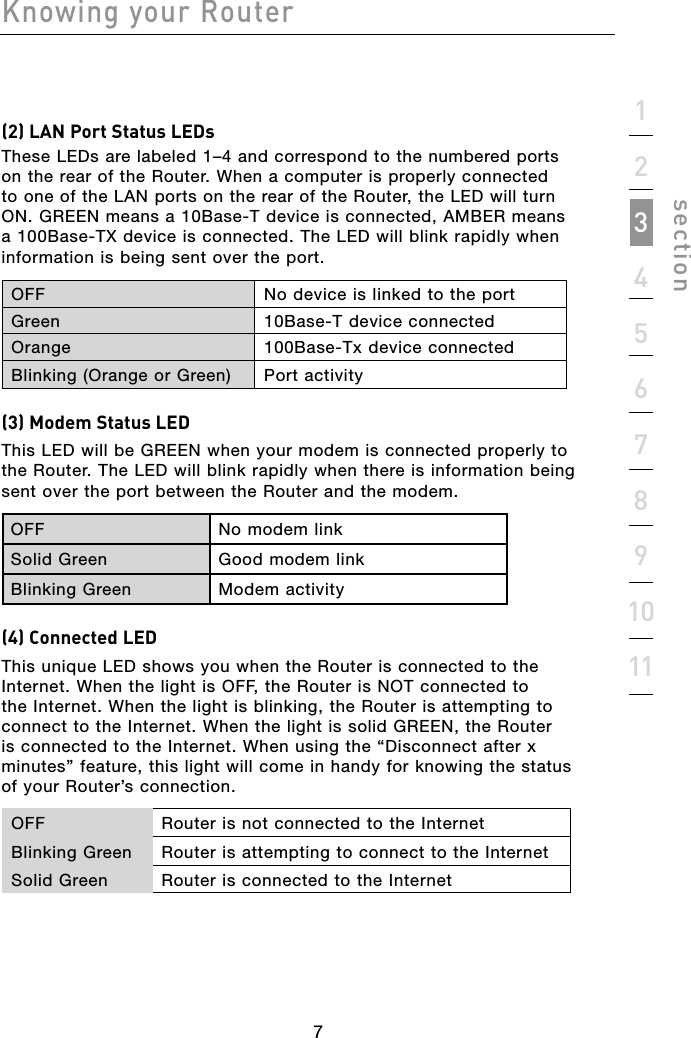
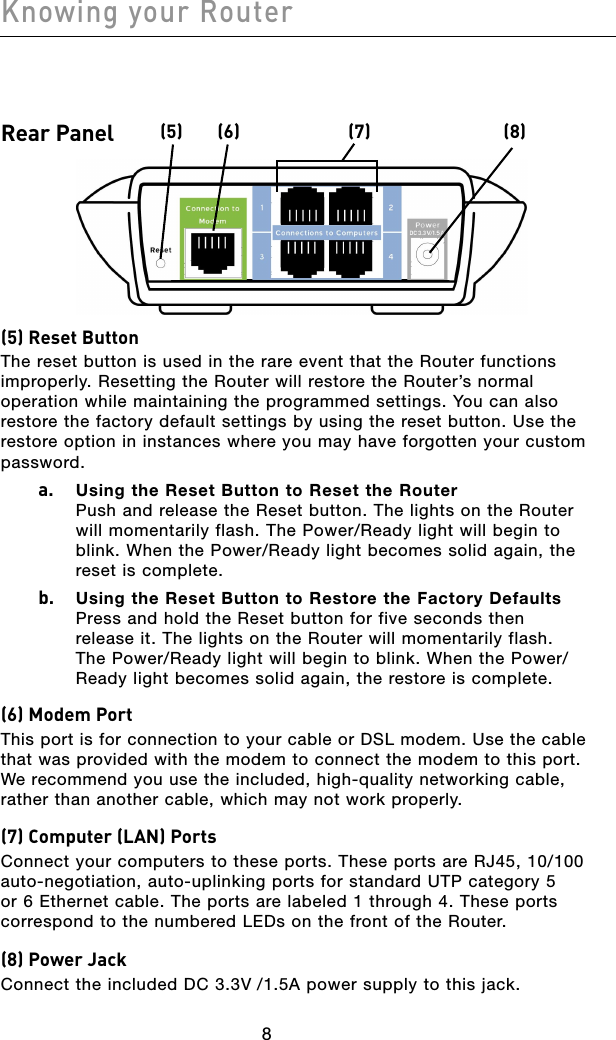
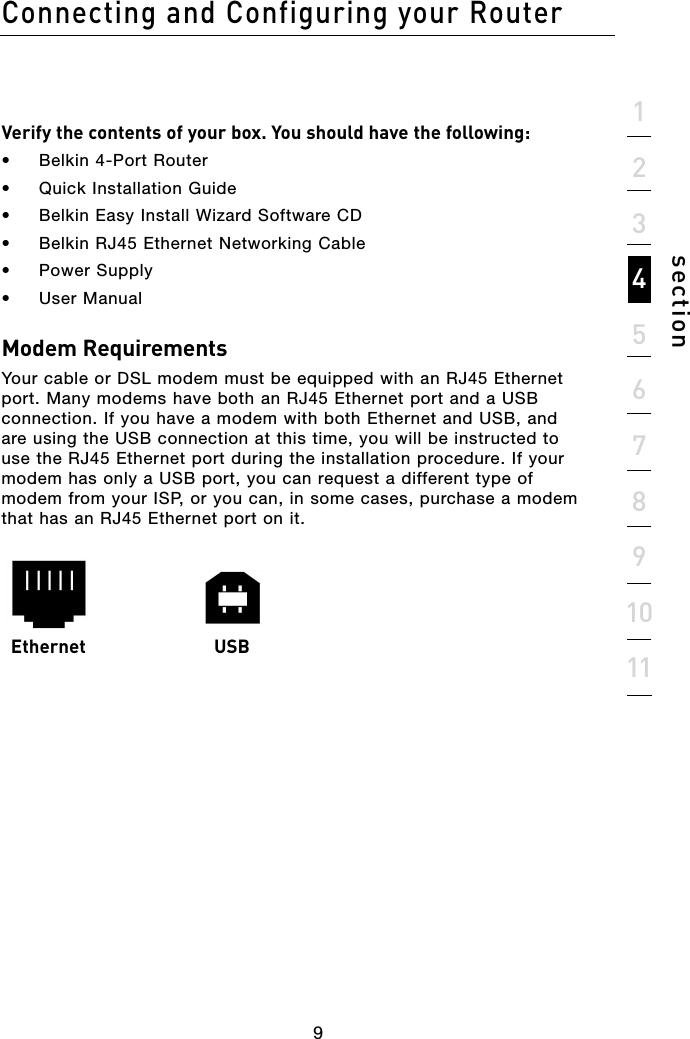
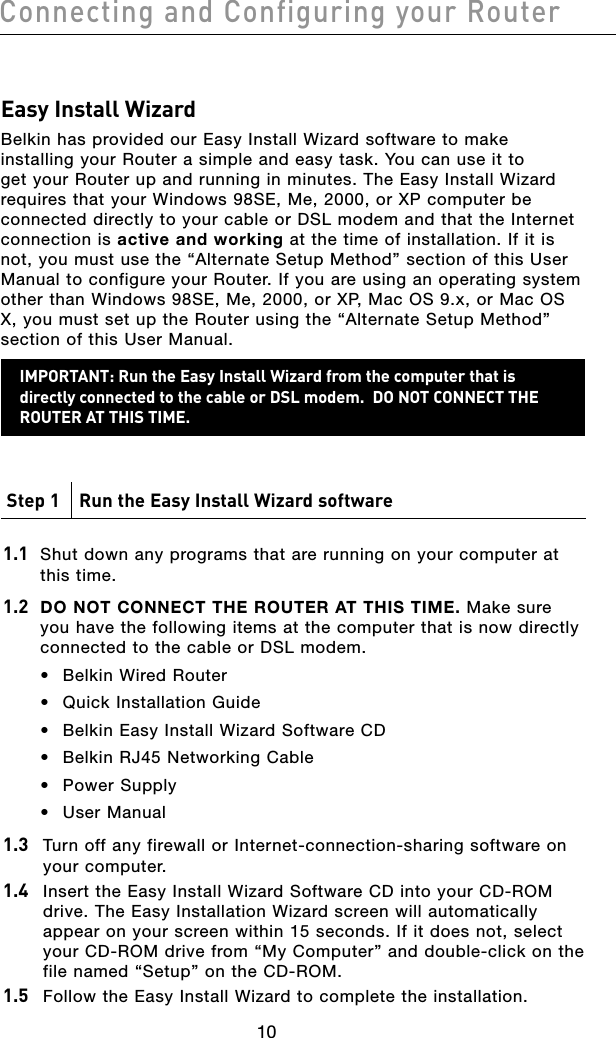
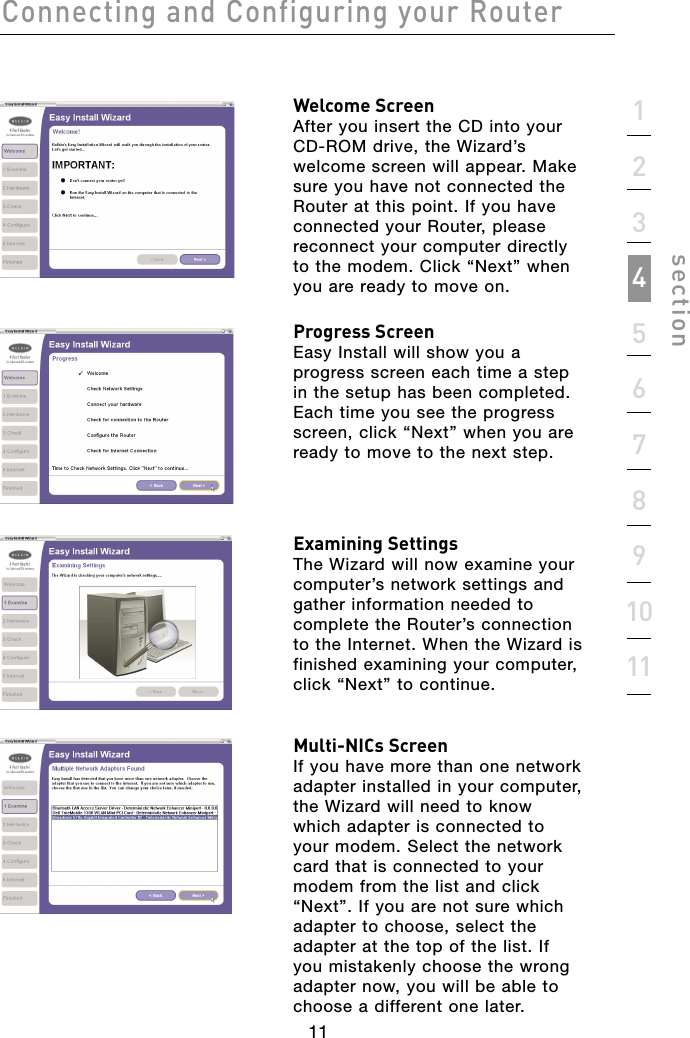
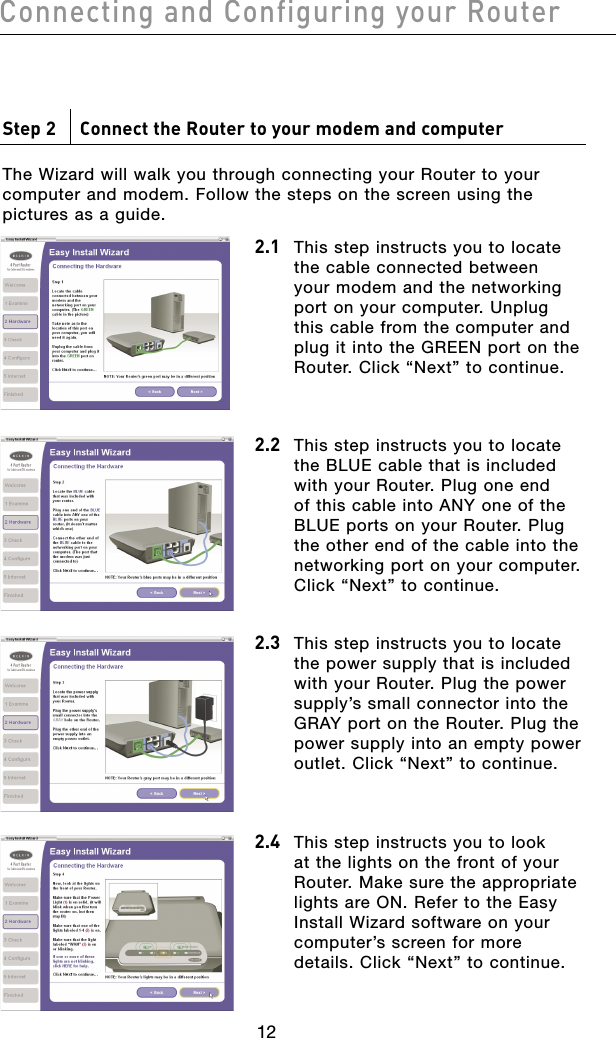
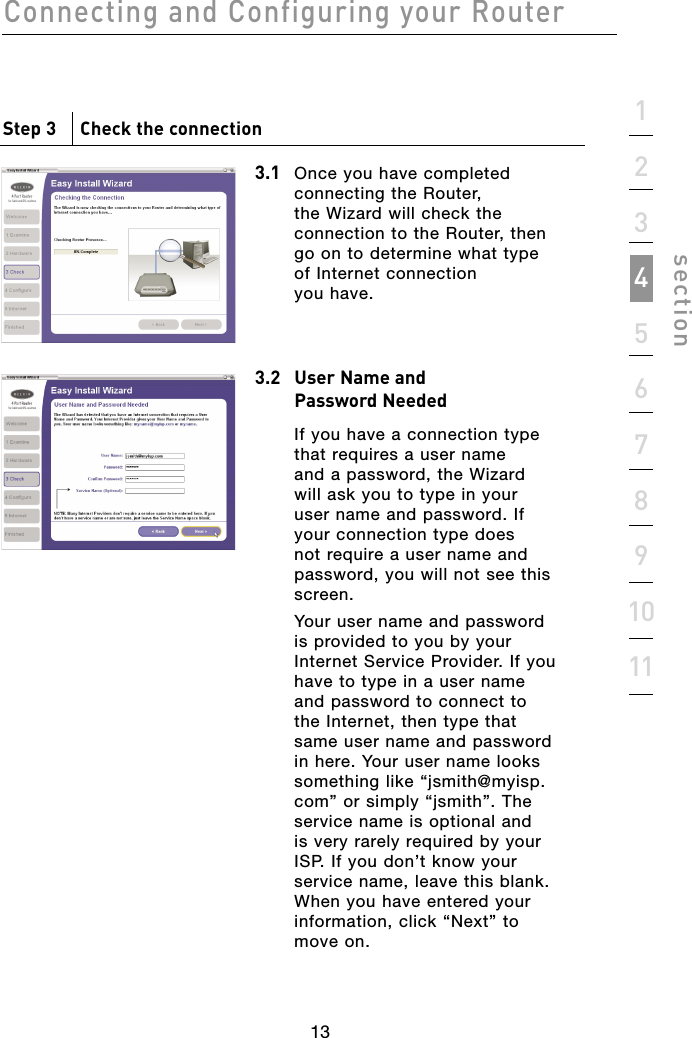
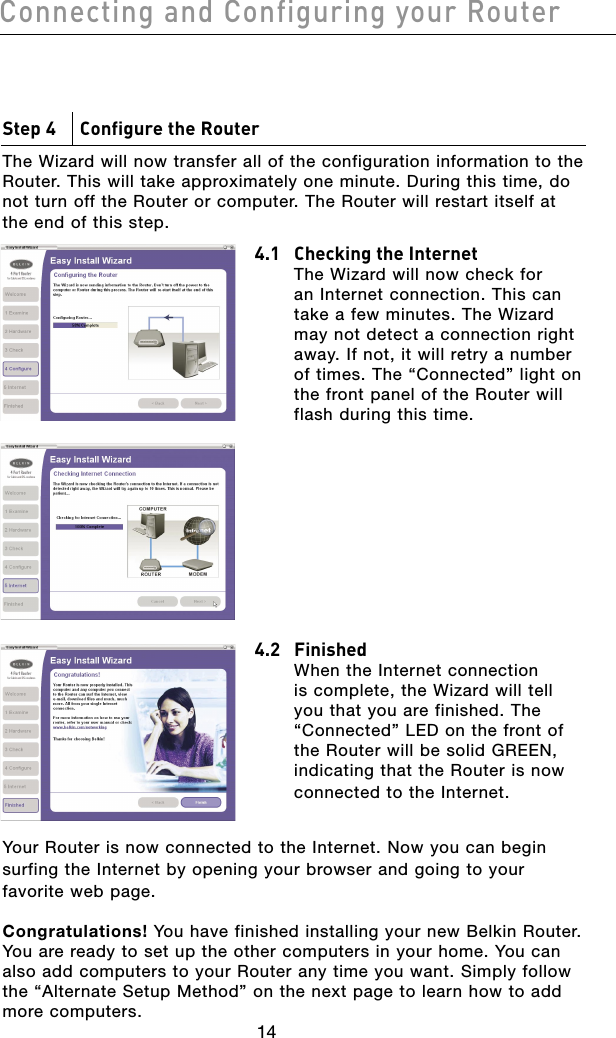
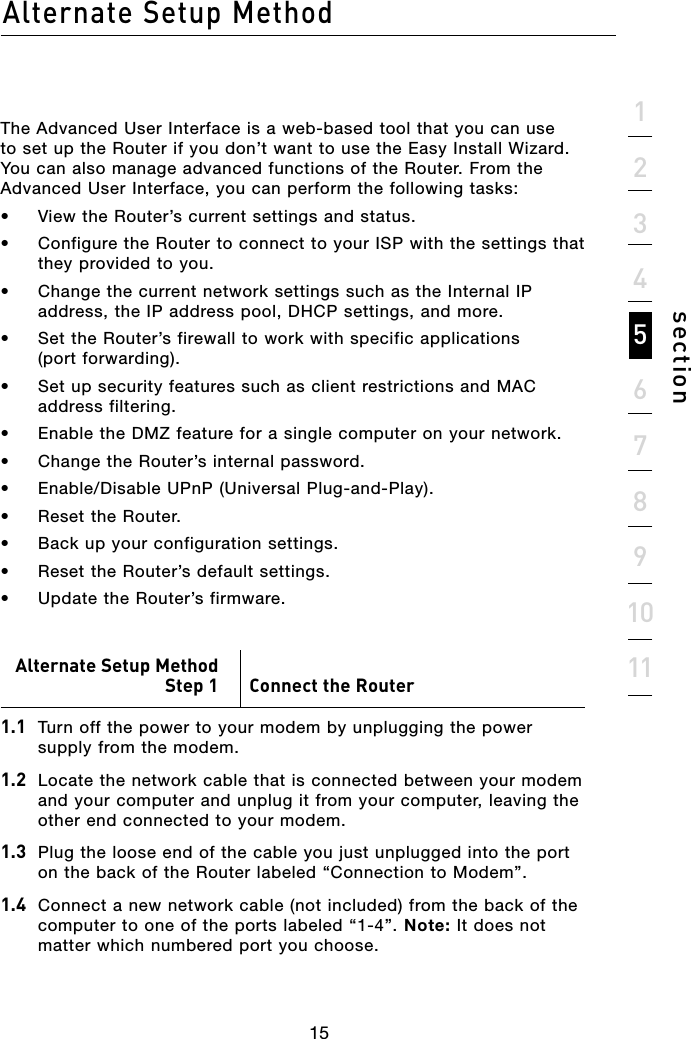
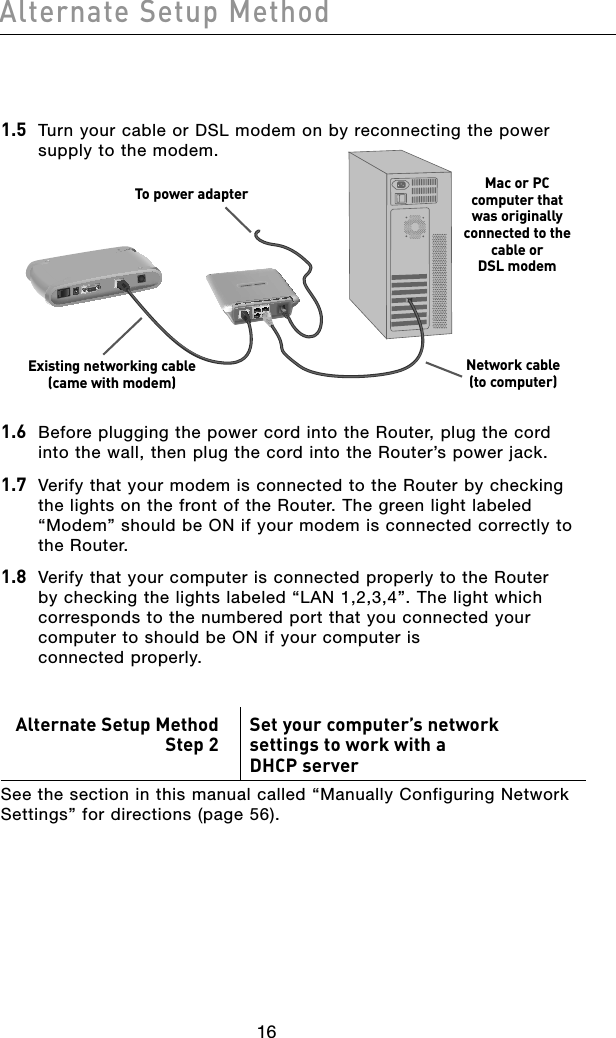
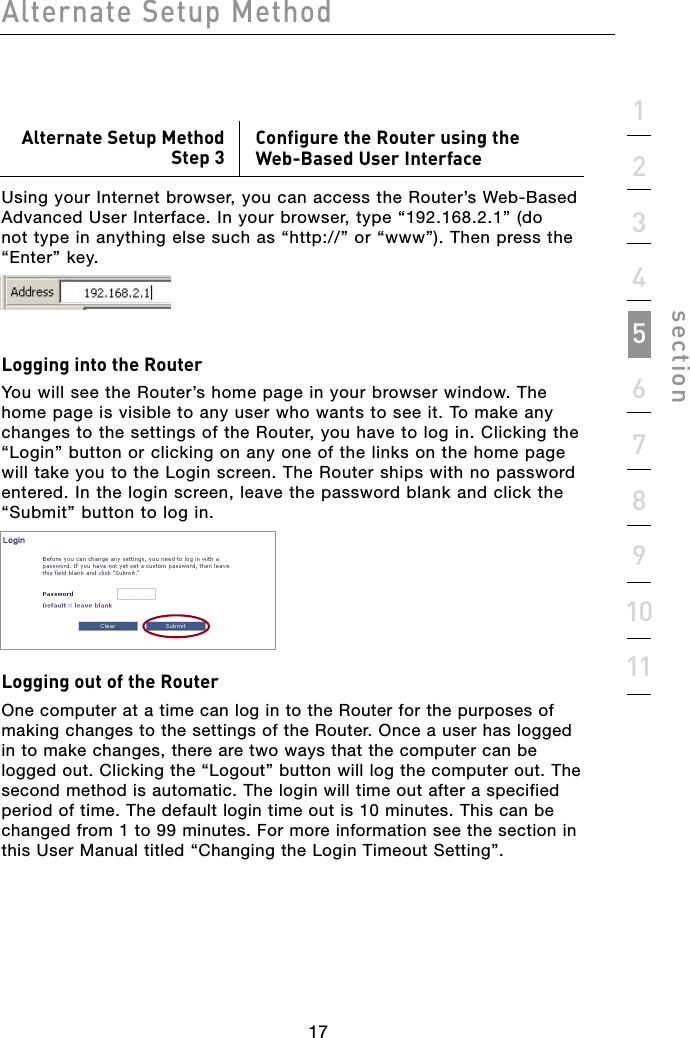
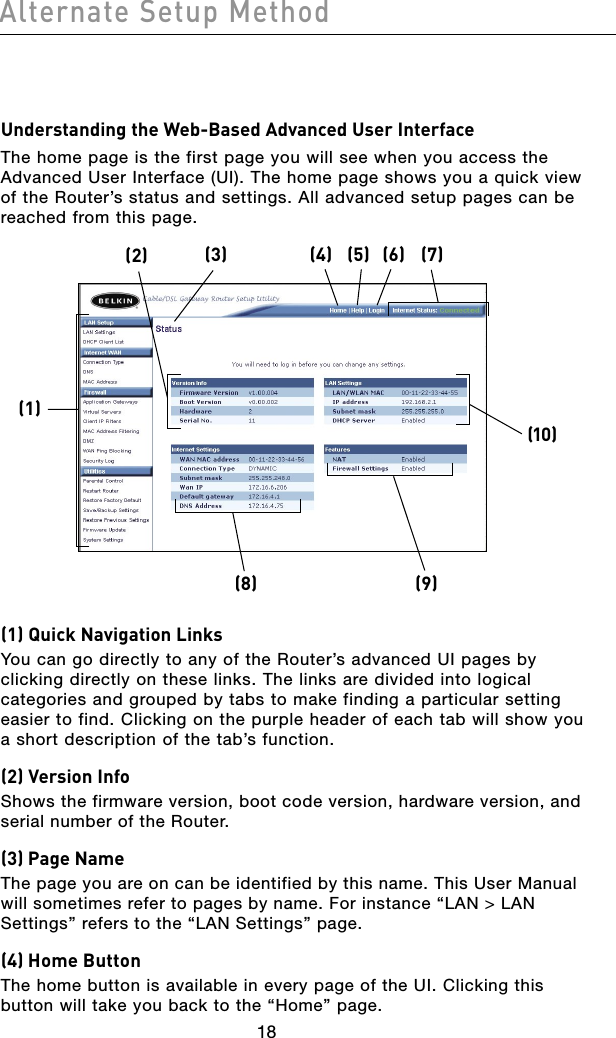
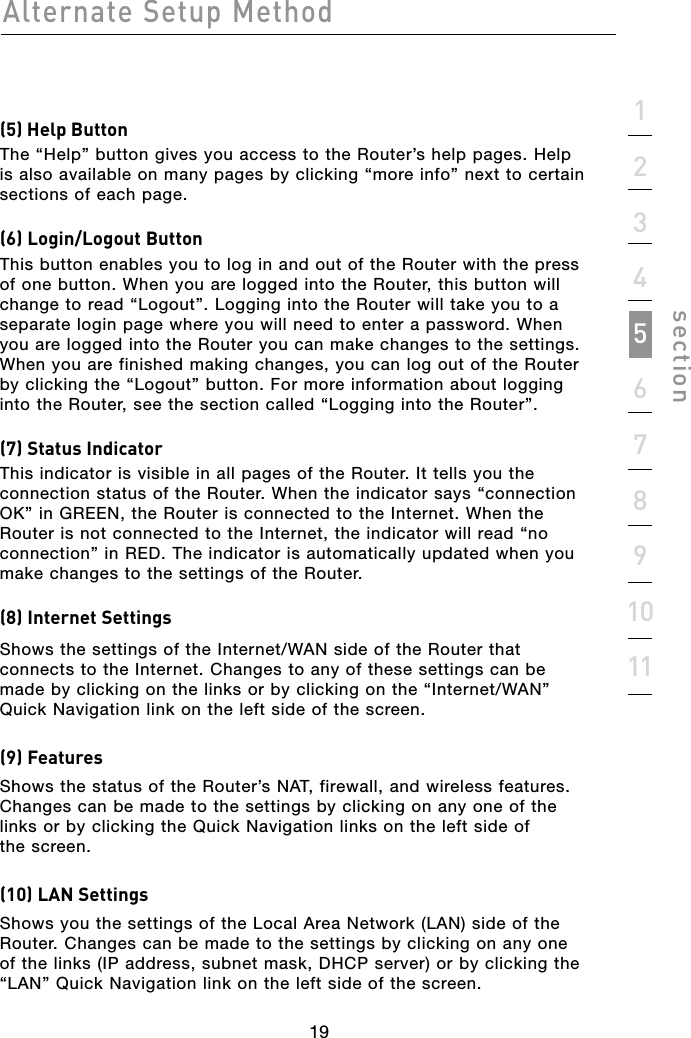
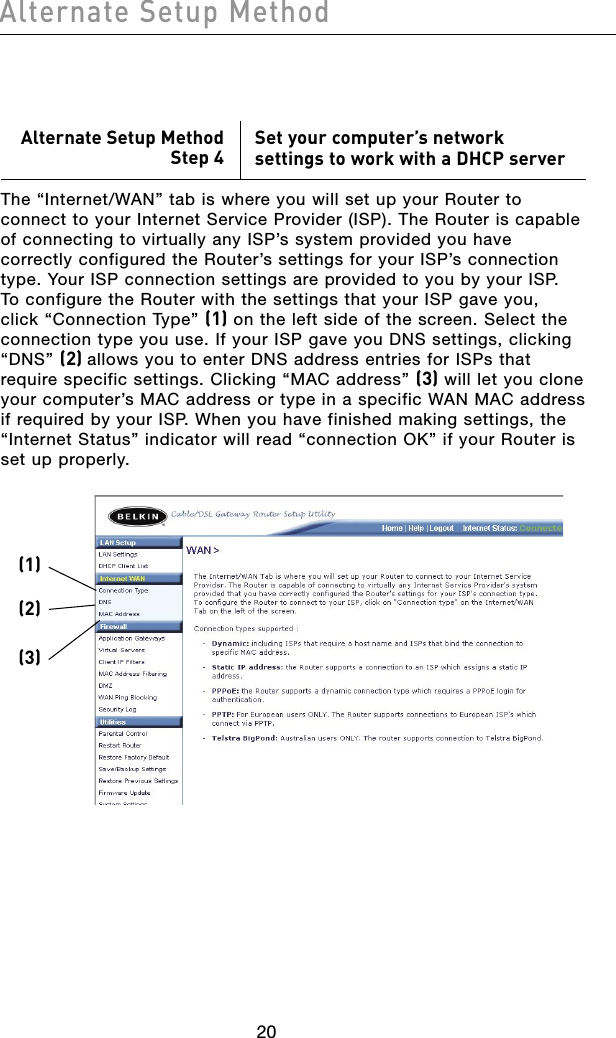
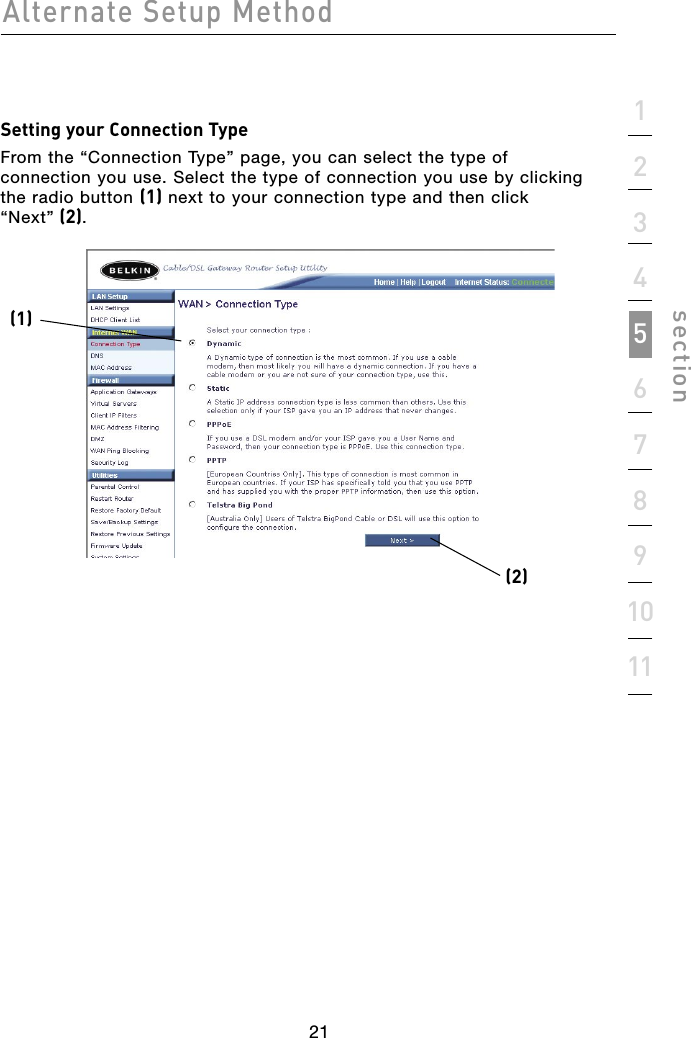
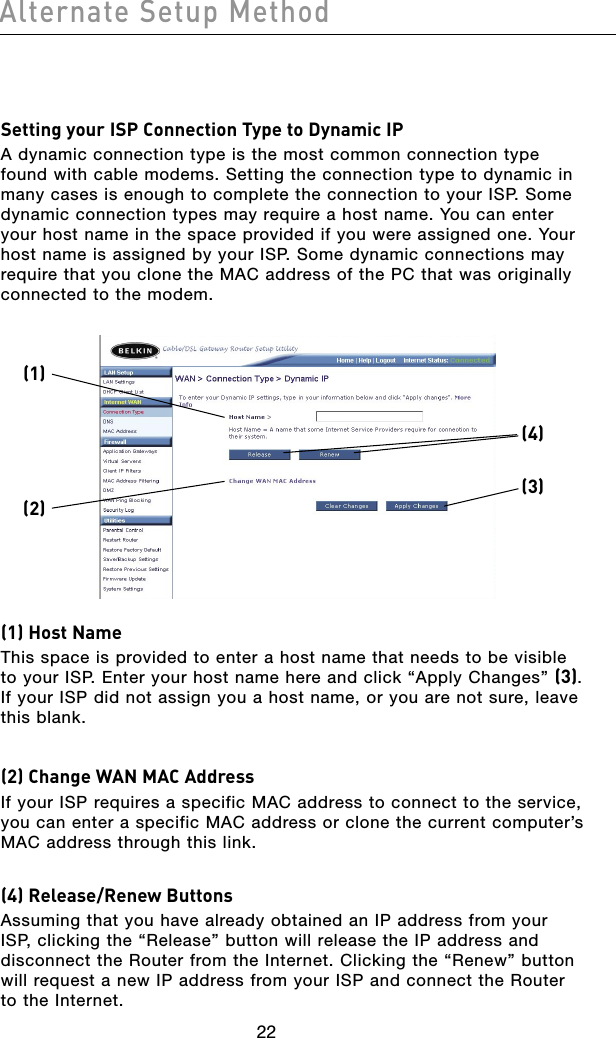
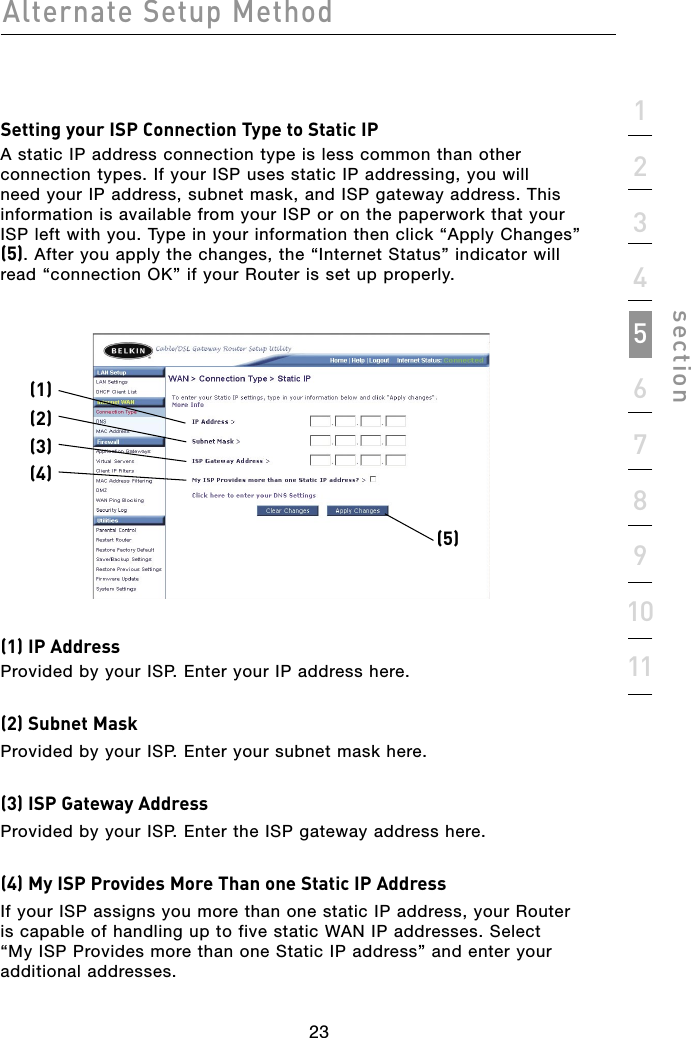
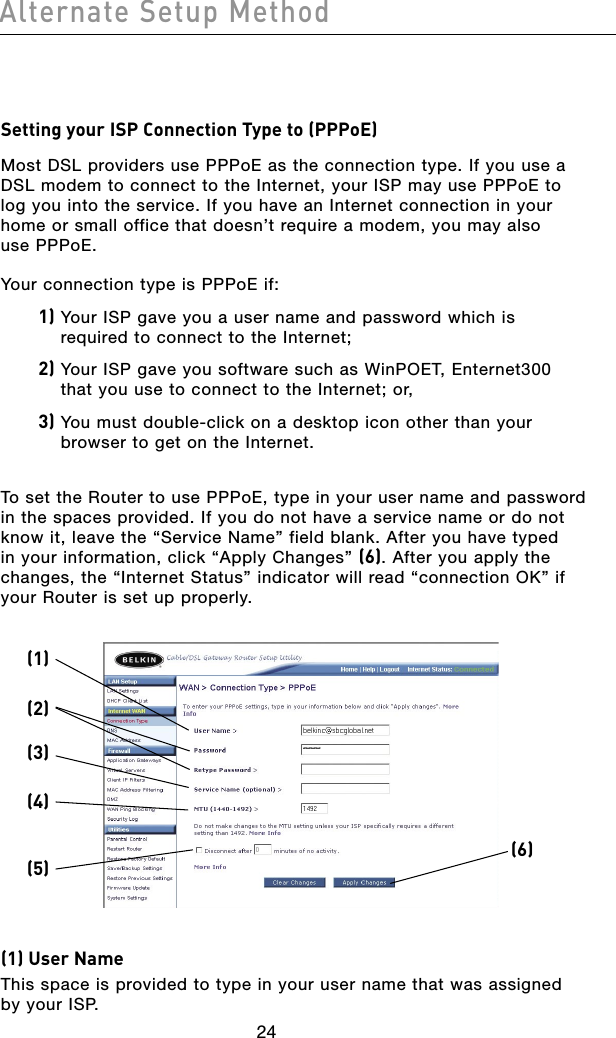
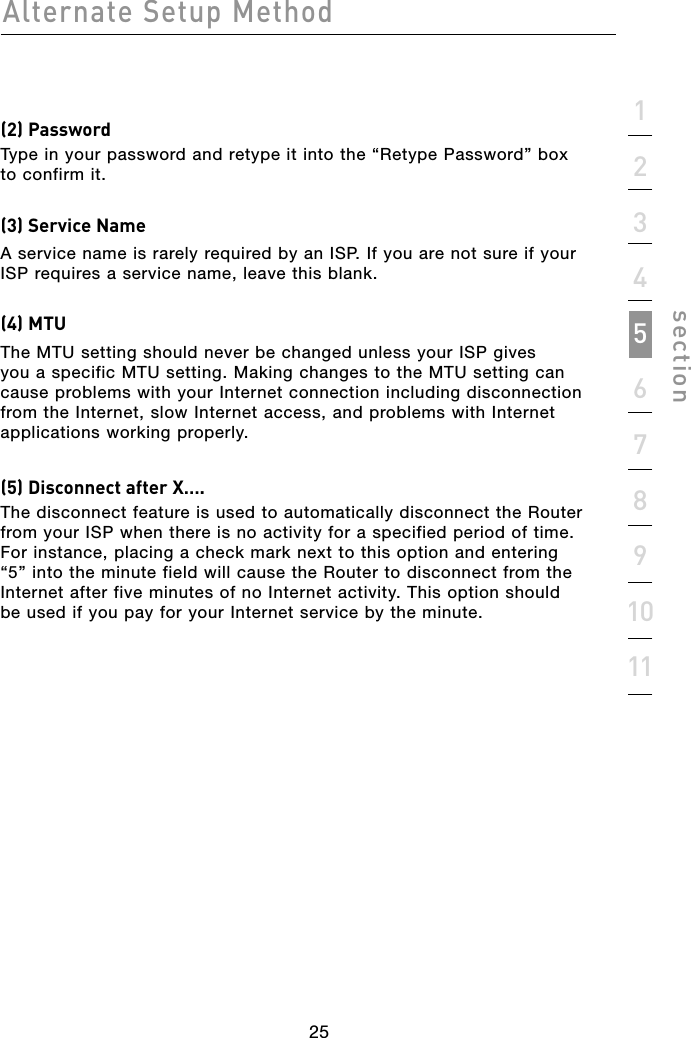
![2726Alternate Setup Method2726Alternate Setup MethodSetting your ISP Connection Type to Point-to-Point Tunneling Protocol (PPTP)[European Countries Only].This type of connection is most common in European countries. Some ISPs require a connection using PPTP protocol. This sets up a direct connection to the ISP’s system. Type in the information provided by your ISP in the space provided. When you have finished, click “Apply Changes” (9). After you apply the changes, the “Internet Status” indicator will read “connection OK” if your Router is set up properly.(1) PPTP AccountProvided by your ISP. Enter your PPTP account name here. (2) PPTP PasswordType in your password and retype it into the “Retype Password” box to confirm it. (3) Host NameProvided by your ISP. Enter your host name here. (4) Service IP AddressProvided by your ISP. Enter your service IP address here.(9)(1)(2)(3)(4)(5)(6)(7)(8)](https://usermanual.wiki/Belkin/F5D52314.USERS-MANUAL-1-OF-2/User-Guide-567172-Page-28.png)
